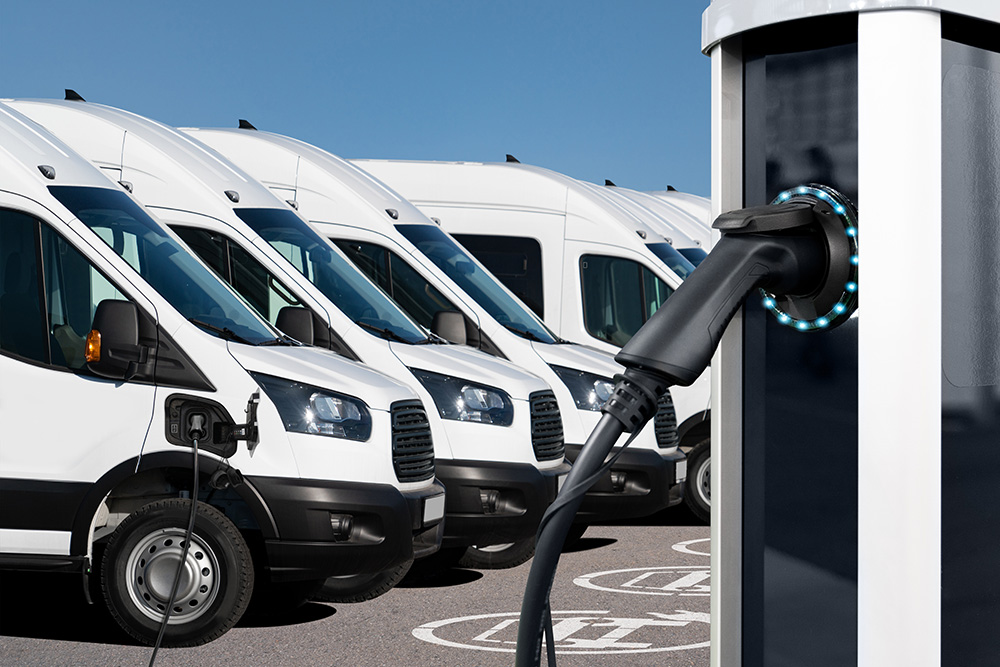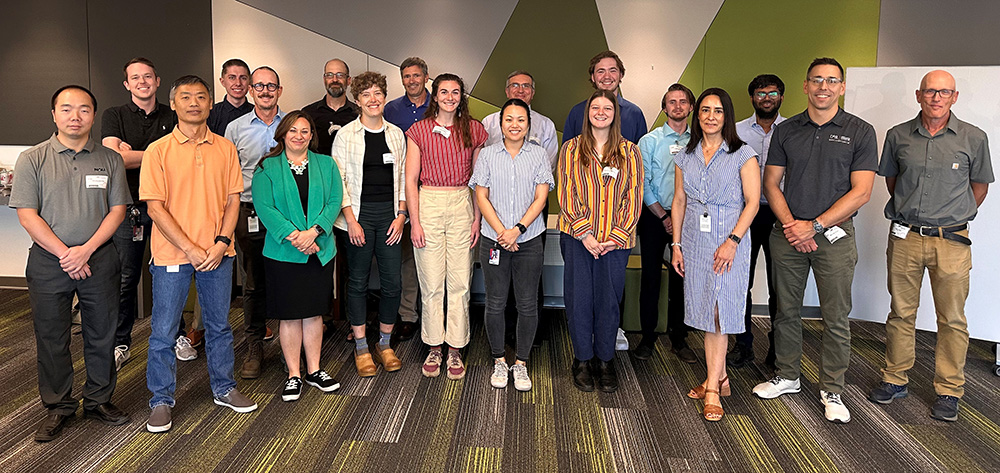A long-term partnership between Northern Arizona University and the Salt River Project (SRP) is tackling critical issues for utility infrastructure throughout the stat
This year, teams from NAU collaborated on several research projects, including ones aimed at protecting the Salt and Verde River watersheds and ensuring the power grid can handle the increasing number of electric vehicles on the road.
“The NAU-SRP collaboration, which is in its seventh year, engages NAU students and faculty experts in solving important water and power distribution problems for Arizona and the broader Southwest,” said Constantin Ciocanel, chair of the Department of Mechanical Engineering. “This year, many of the teams built on prior work to get closer to solving problems that cost Arizonans money and the state valuable resources, building a strong foundation for the future of our state.”
This is an important partnership for the state. As Arizona’s economy grows and incorporates more high-tech industries, NAU focuses its efforts on preparing students to enter the evolving workforce. University research builds the state’s capacity for innovation and high-tech industry.
“Arizona’s public universities have a mission to improve life for the citizens of our state through applied research, and SRP’s partnership with NAU is a great example of that mission in action,” said Ben Ruddell, professor in the School of Informatics, Computing, and Cyber Systems. “This partnership is a great investment in our state and our students.”
How to better predict wildfire behavior
How a fire burns depends on a lot of hard-to-measure factors—the vegetation, forest canopy, density and more. A team from the Ecological Restoration Institute, led by executive director Andrew Sánchez Meador, is using terrestrial lidar, plot data and multispectral imagery to get a better idea of what condition forests are in, which allows them to build better models for fire spread, behavior and intensity under various conditions. Those models can help forest and fire authorities make informed decisions on how to treat forests, assess wildfire risk and respond to active wildfires so fewer acres are lost each year. This protects the Salt and Verde River water supplies and also preserves the forest for recreation and for wildlife.
 Balancing the charging needs of commercial EVs on the electric grid
Balancing the charging needs of commercial EVs on the electric grid
As electric vehicles become increasingly popular, commercial vehicles like buses and trucks are becoming more popular too. The increased need of commercial charging has an as-yet-unknown impact on the power grid. Engineering professors Venkata Yaramasu and Truong Nghiem and their team developed a model to predict the charging load profiles of commercial EVs, using battery size and average miles driven. This model helps SRP identify the worst-case scenario for localized peak load demand in the distribution system and plan for increased load for commercial EV charging.
Regenerating healthy skin on soil
Did you know that soil has a “skin?” The biocrust, which is a living skin, is a critical part of ecosystem health; it prevents erosion, reduces the prevalence of highly flammable invasive grasses and maintains soil function in protecting water quality. Wildfires and flooding have led to the destruction of this skin in the Salt River watershed, which means dirtier water arriving in Phoenix and higher water treatment costs for municipalities. Graduate students Keven Griffen and Darren Olney led installations of lab-grown biocrust in the Salt River watershed with the goals of discouraging invasive grasses and stabilizing erosion. Both installations showed early signs of success, and this year the installation continued with the addition of biocrust capsules that include seeds and other organisms needed in a healthy biota. The innovative techniques are leading to the restoration of burned landscapes and the protection of infrastructure and water quality.




 Balancing the charging needs of commercial EVs on the electric grid
Balancing the charging needs of commercial EVs on the electric grid